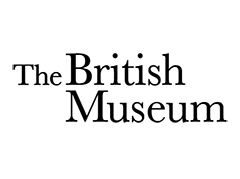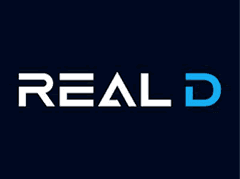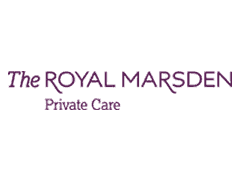Welcome to Part One of ExtraDigital’s Ultimate Guide to Google Display Advertising.
What Is Display Advertising?
Display advertising is one of many methods used to attract audiences online.
Much like traditional advertising like posters, TV ads, and billboards, display ads are visual and provide upfront information about your brand and your products/ services.
Display ads are shown across numerous digital networks, including websites, social media platforms, apps, emails, and YouTube in the form of a banner, text, or image ad. A standard display ad may include text, images, company logo, and a call-to-action (CTA).
So, how does display advertising work?
Display ads show up when people are browsing different sites across the Google Display Network (GDN). They are designed to find the right audience, through targeting, and show your ads to potential customers at the right place and right time.
Creating Display Ad campaigns in Google Ads
Step 1
Set the goal of your display campaign. Goals can be sales, leads, traffic, awareness and reach, app promotion or products, and brand consideration. After this, you can go ahead and select display as your preferred campaign type.
Step 2
Select the campaign subtype, here you have options of a standard display campaign or Gmail campaign.
Step 3
Enter your business website and give your campaign a name.
Step 4
Select location. This will allow you to target your ads to people in specific locations and areas. You can also restrict locations where you don’t want your ads to show.
Step 5
Select the languages your customers speak. Just like location, you can restrict your ads based on the user’s language.
Step 6
Set your bid strategy. Which bidding strategy you select will determine how you will pay for user interaction. You can use several bid strategies such as cost per actions, maximise conversion cost per click, and even manual cost per click, which allows you to set your own maximum cost per ad click.
Learn more about choosing a bid strategy for your display campaign here.
Step 7
Set a daily budget. You can choose a standard delivery method for the budget to be spent evenly overtime or an accelerated method that allows your budget to spend more quickly.
Step 8
Selecting ad rotation will allow your ads to rotate so that your users don’t repeatedly see the same ads.
Step 9
Select the start and end date of your campaign and the types of devices you want your ads to appear.
Step 10
Set the frequency cap. This lets you control the maximum number of times a user will see your ads.
Step 11
Add a campaign URL and select content exclusions.
Step 12
Create an ad group and select your audience or demographic targeting.
There are three different audiences you can target:
- Custom affinity audience: Audience list you create yourself based on customers’ most recent online behaviour.
- Audience intent: Audience based on their buying decisions.
- Custom intent audience: Custom intent audience lists you can create by adding keywords, URLs, and apps relevant to the products and services your ideal customers are searching for.
With demographic targeting, you can reach people based on their gender, age, parental status, or home income.
Step 13
Select automated targeting. This will help you target your ads toward new customers. There are three options available:
- Contextual advertising: This allows you to connect with audiences interested in services or products like yours.
- Automated targeting: With this option, Google automatically placed your ads on the most relevant websites at the right time so that you can get more conversions who no additional cost.
- Conservative and aggressing targeting: While conservative targeting works to get more customers like those you are targeting at your current cost per customer, aggressive targeting can be used to gain as many customers as possible around your current cost per customer.
Step 14
Finally, you can create your ad by uploading text, images, logos, videos, and other rich media and launch it.
Don’t own a Google Ads account or need help with any of the steps above, why not get in touch with one of our PPC experts.
Google Display Advertising
In Part Two of our trilogy, we will explore the different types of Display Ads and the benefits they can hold for your business.










